Initial Public Offering - Price Band, Listing Price
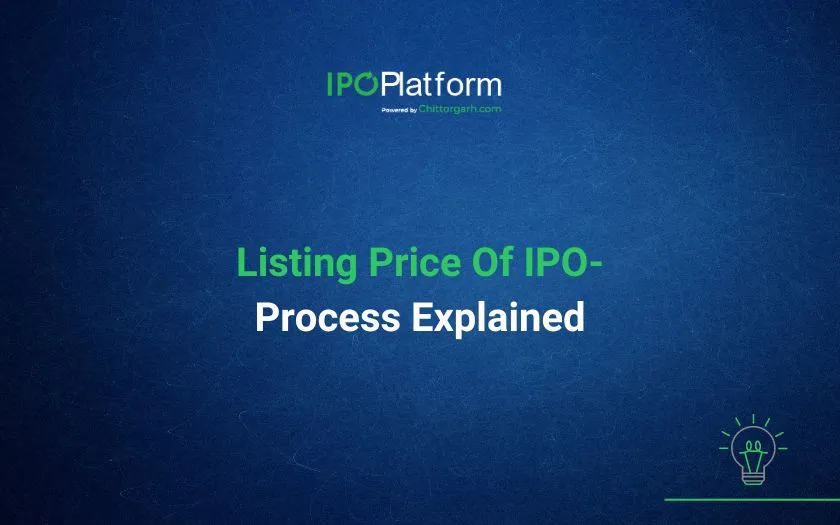
When a company decides to go public and offer its shares through an Initial Public Offering (IPO), whether SME IPO or mainboard IPO; it must determine the price at which these shares would be sold to investors. Let’s break down the process and key terms involved in IPO pricing and listing in simple language:
What is IPO price?
The IPO price or the offer price is the price at which a company sells its shares to the public during an IPO. This price is carefully chosen by the company after consulting with experts known as lead managers also called as merchant bankers. IPO price is often known as IPO price band that indicates the upper and lower limit where buyers can bid.
How IPO price is determined?
The lead managers (BRLM) guide the company on the IPO Valuation part and provide appropriate IPO prices based on various factors like
- Market conditions
- Company’s financial health
- Industry in which company operates/Sector
- Growth perspective/business and financial projections
- Investor demand
- Other factors
What is the Listing Price?
The listing price is the price at which the shares of a company are first available for trading on the stock exchange after the IPO. This price is determined on its listing day i.e. T+3 day, which means three days after the IPO closes. Here, T is the day the IPO subscription closes, and the listing happens on the third trading day after closure of subscription.
What is the difference between Issue price and Listing price?
Issue price is the price offered to the public determined by merchant bankers in India whereas listing price is the price at which the shares would trade on the market after IPO. Listing price is determined by demand and supply.
How Listing price is determined?
Before the shares of a company are listed and available for public trading, a period known as the special pre-open session takes place. This is a time when the market decides the price of the shares. The stock exchange processes the orders for the new stock and determines the price at which it will start trading.
Demand vs. Supply: How it Affects listing Price?
The listing price can either be higher or lower than the offer price and sometimes it gets listed on the same price. Listing price is determined on the basis of demand and supply of a particular stock i.e. demand (people who want to buy) for the stock compared to the supply or availability of shares.
- If demand is high (meaning many people want to buy shares), but the supply (number of shares available) is limited, the listing price tends to be higher than the offer price.
- On the other hand, if demand is low and there are too many shares, the listing price might be lower than the offer price.
What role does IPO Advisors play in successful IPO?
IPO Advisors play an important role in successful launch of an IPO. Their advisory role from IPO readiness, selecting the best merchant banker in India for SME IPO, various due diligence activities and IPO valuation guides the company throughout the IPO Issue and listing process. IPO platform in India provides information on upcoming IPOs on NSE Emerge and BSE SME and list of merchant bankers and anchor investors. Role of IPO advisor is important in the success of the listings.
Price Discovery Process
The stock exchange uses a method called price discovery to arrive at the listing price. This method takes into account all the orders placed by investors, aiming to find a price where the maximum number of shares can be traded. The goal is to ensure that as many trades as possible occur when the stock begins trading.
What is IPO Subscription?
When investors apply for shares of the company going public in their respective category like QIB, HNI, Retail or sometimes in employees or shareholders’ quota, it is called IPO subscription. IPO subscription levels indicate the demand for an IPO.
SME IPO subscription and listing price
When demand of shares is more than the number of shares offered, the issue is said to be oversubscribed. This often leads to a higher listing price because there’s more demand than supply.
When demand falls short of supply, it results in undersubscription. In this case, the listing price may be lower than the offer price.
Know the IPO subscription status
Listing Price vs IPO Price
Listing price is the price at which the IPO gets listed on the listing day as determined in the special pre IPO session. Listing price differs from the IPO price. An offer price or IPO price is the price offered to public for subscription whereas listing price has three different scenarios Premium, Par, or Discount as explained below.
- What is listing gains in IPO- when the shares are listed at premium, i.e. the listing price is higher than the offer price. This premium on listing is called the listing gains. Check SME IPO Listing Gains 2024
- What is flat listing in IPO- when the shares are listed at par, meaning the listing price is the same as the offer price. There is neither listing gain nor listing loss. The IPO lists at a flat price.
- What is listing at discount- when the listing price is lower than the offer price, this discount on listing is called the listing losses.
Price Control Cap in SME IPOs by NSE- 90% price control cap on opening price of SME IPOs
As per the circular dated 4th July 2024 which came into effect immediately, NSE introduced an overall cap of 90% on the opening price discovered during the special pre IPO session for IPO listed on NSE Emerge platform.
To simplify, it means that the listing price of a debutant stock on NSE Emerge platform cannot be listed at a premium more than 90% over its issue price, at least on the listing, but the price may move higher eventually. This move aims to address the concerns on sharp price and high volatility in the prices of shares at their listing day in SME IPO segment.
For example- if the offer price of a SME company is Rs 100. According to the NSE’s opening price cap rule, the maximum listing price cannot exceed Rs 190. If the stock lists at Rs 190, investors would see a gain of Rs 90 per share, which is a 90% increase from the offer price. Though after listing, the price may move up eventually.
Conclusion
In summary, navigating the IPO process involves several key elements, including IPO price, listing price, and the dynamics of demand vs. supply. The IPO price band is set with expert guidance to reflect the company’s valuation and market conditions, while the listing price is determined on the listing day through a special pre-open session where the market assesses demand and supply. Shares offered in IPO may list at a premium, par, or discount reflecting the listing gain or listing losses.
The introduction of 90% price control cap for SME IPOs on the NSE Emerge platform further shapes the IPO landscape, aiming to stabilize initial trading prices and minimize volatility. Ultimately, understanding these aspects is crucial for investors as they assess potential gains and risks when participating in IPOs. Whether aiming for listing gains or navigating the challenges of listing losses, being informed about the IPO pricing process can significantly impact investment decisions.


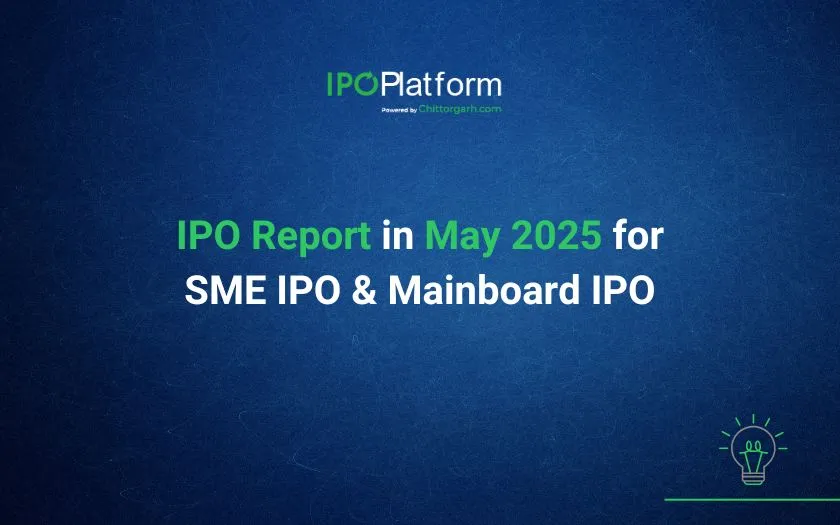
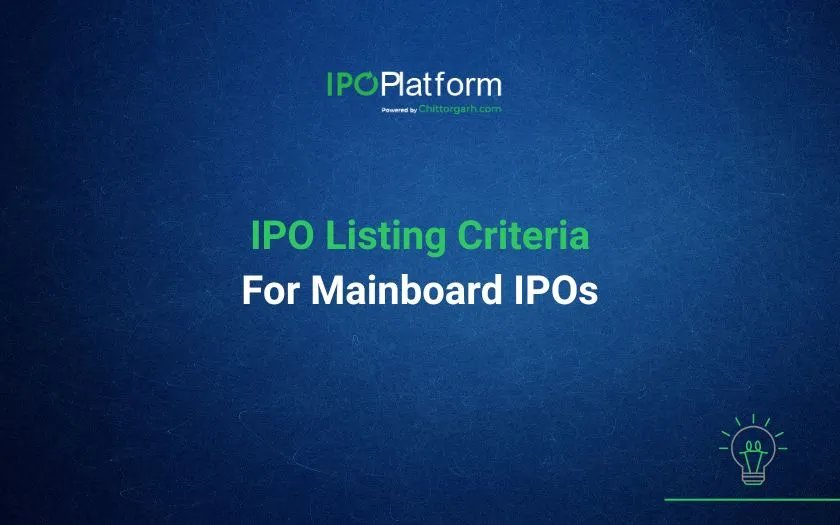
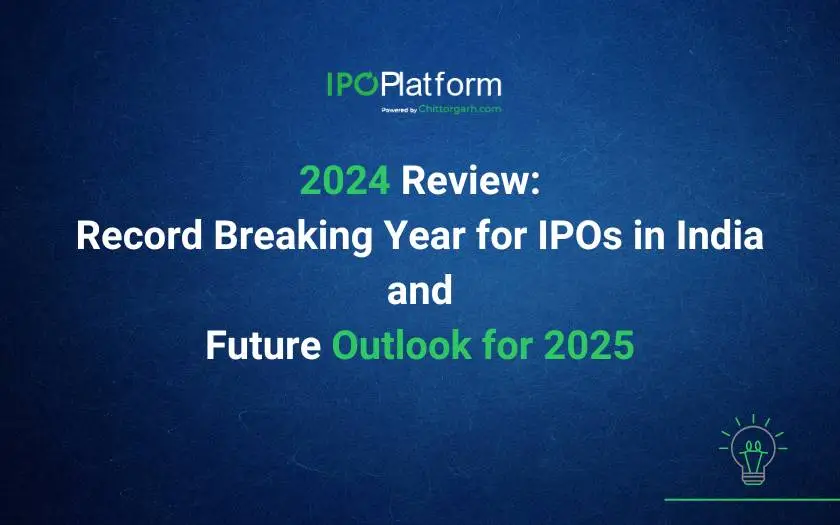
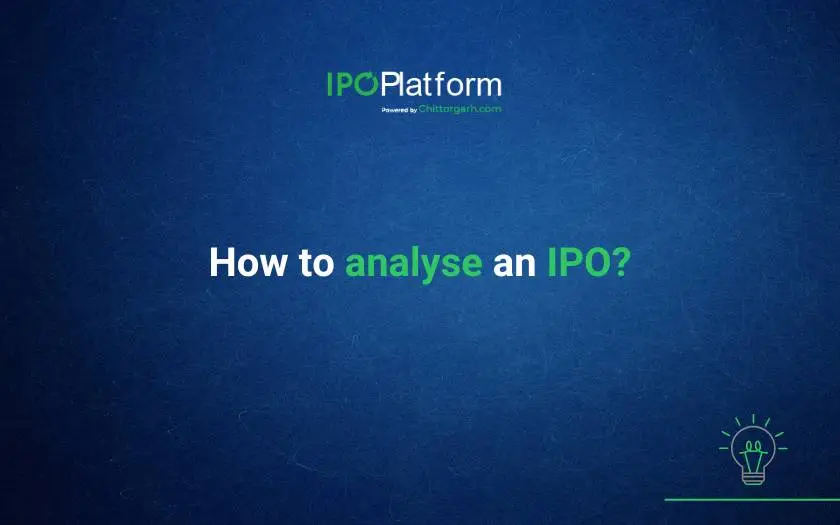
0 Comments